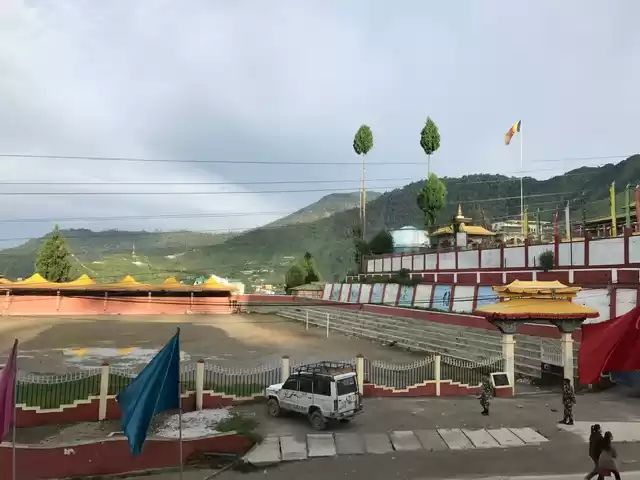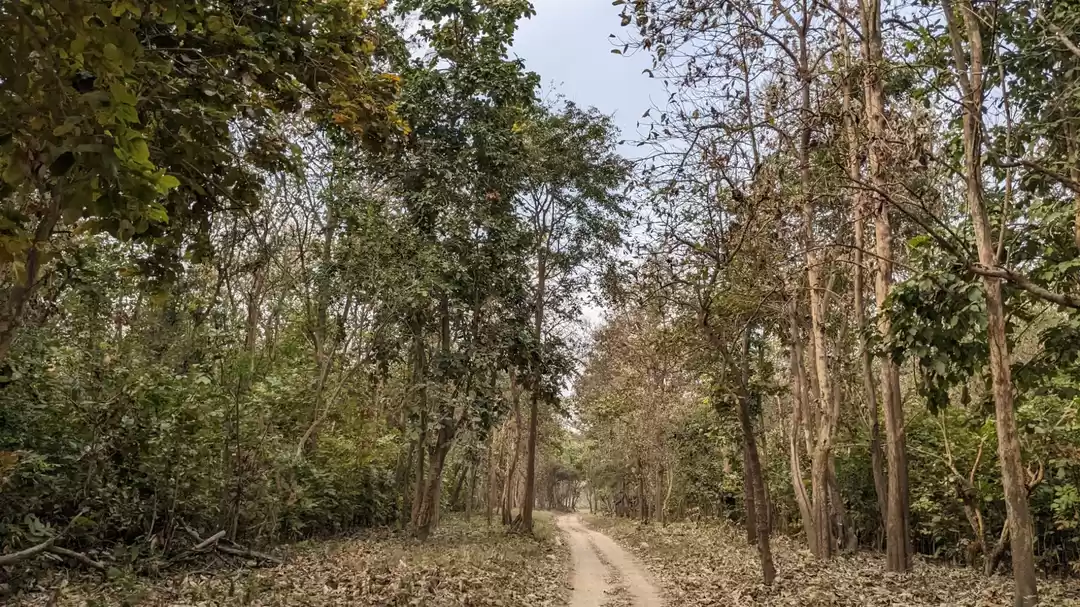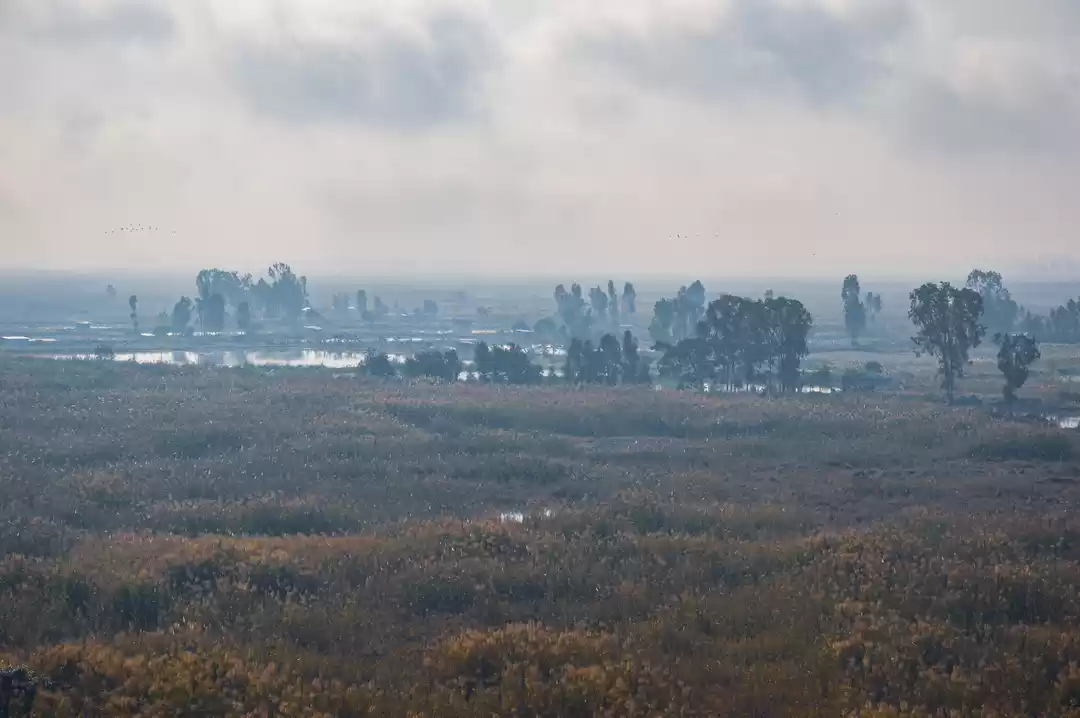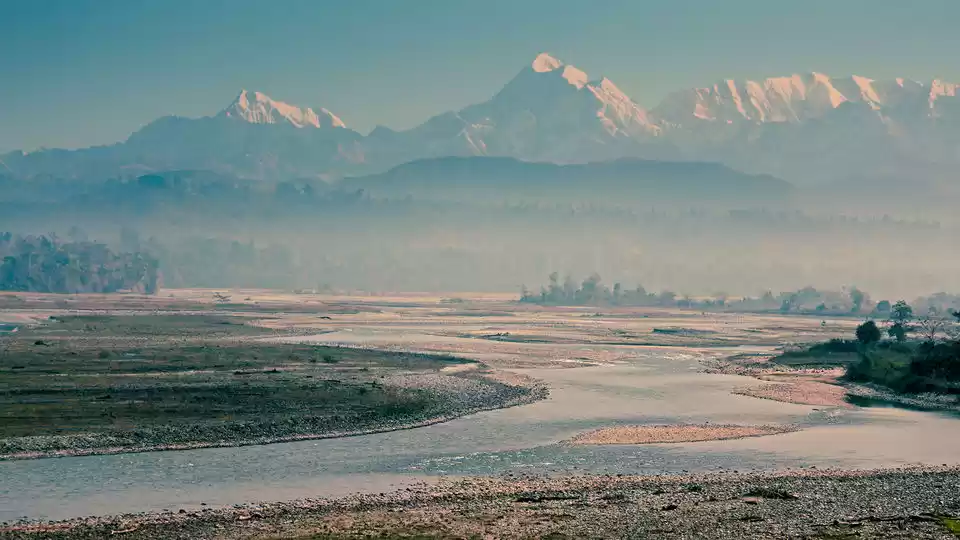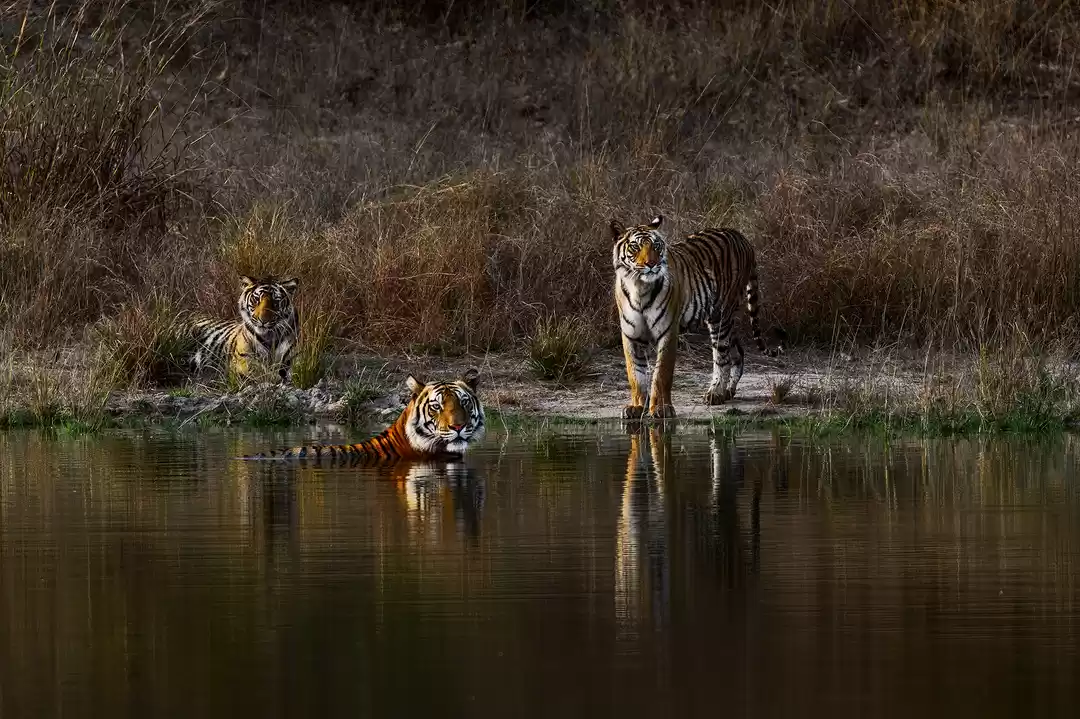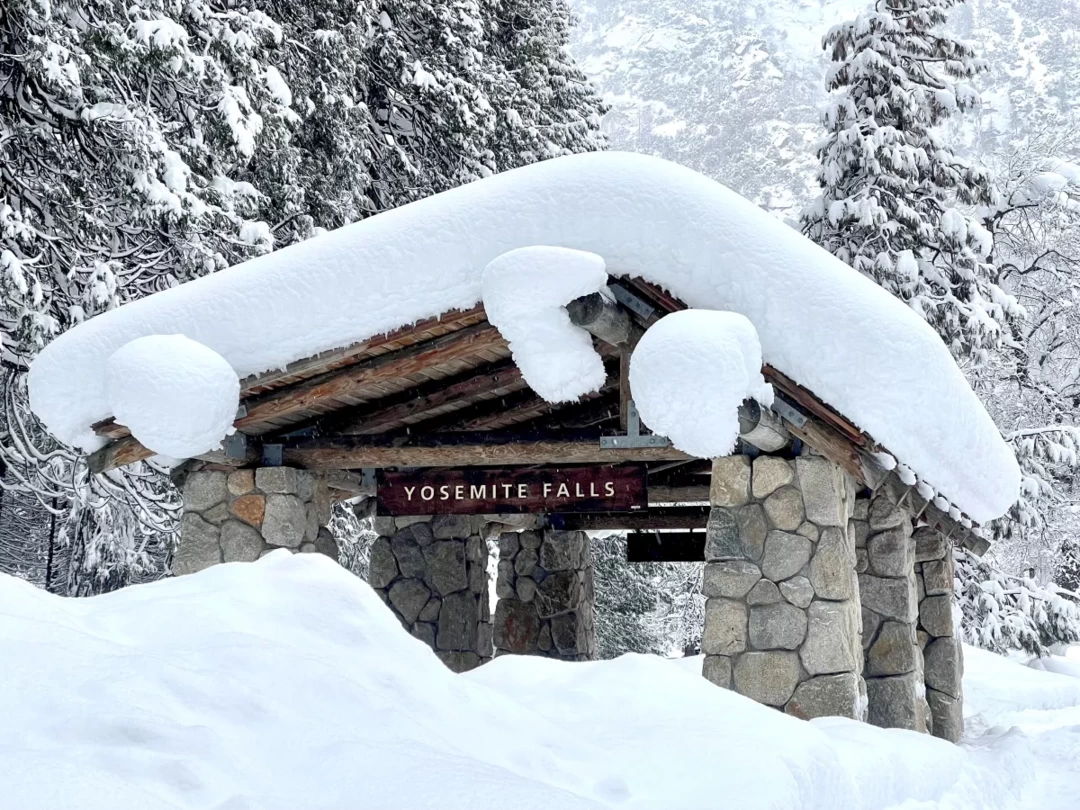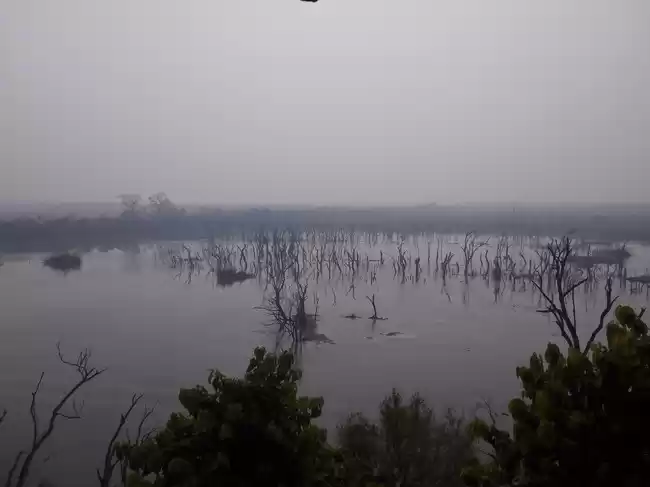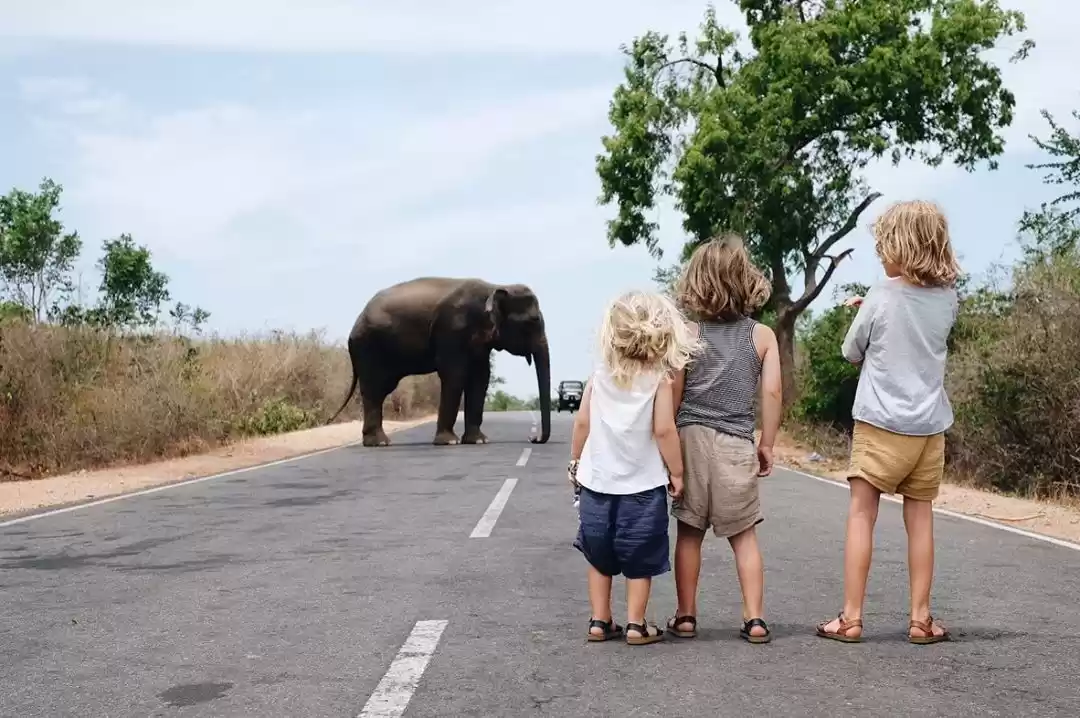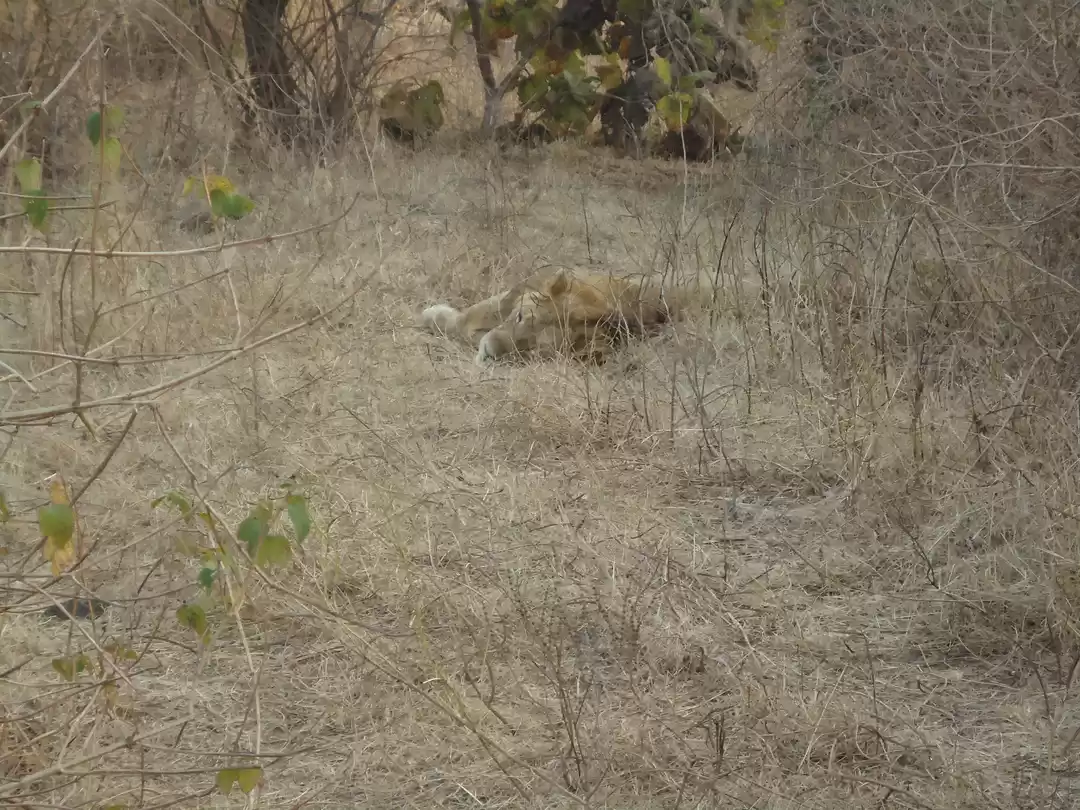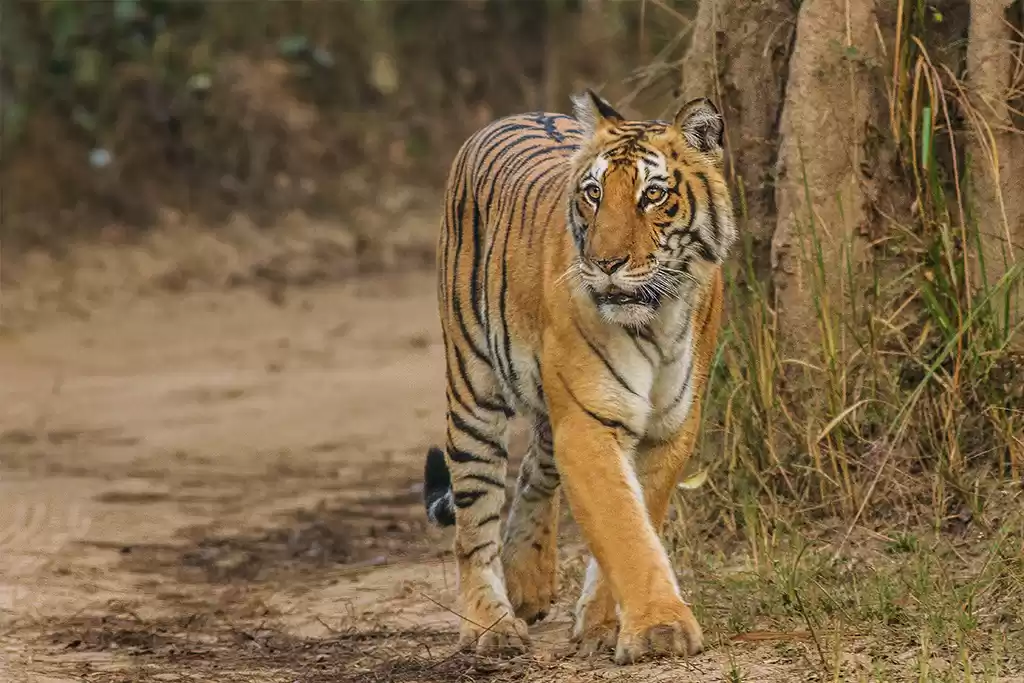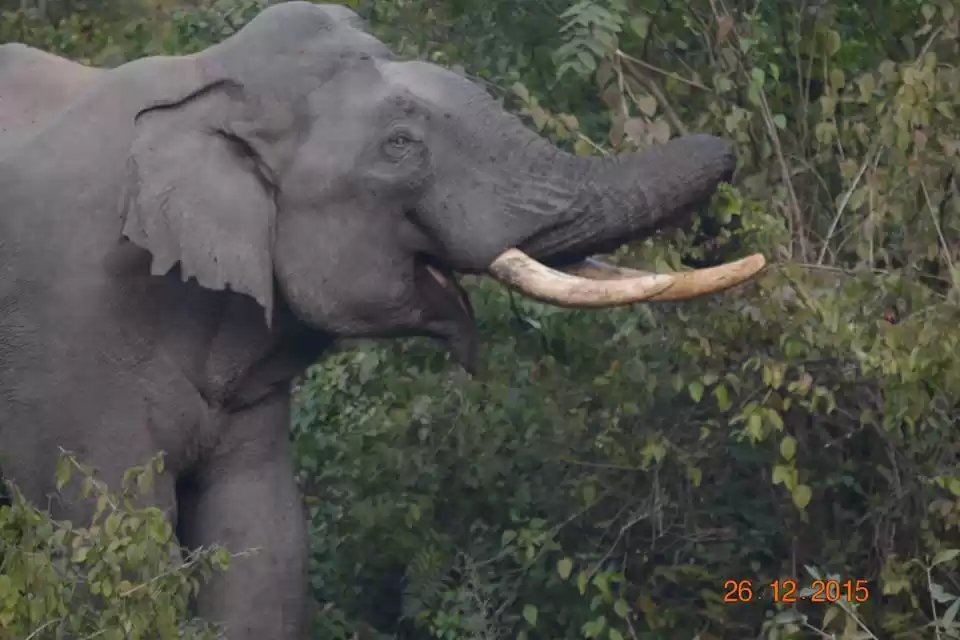Namdapha National Park is a hidden gem in the northeastern state of Arunachal Pradesh, where you can witness the stunning diversity of nature and wildlife. It is the third-largest national park in India, and the only one that has four species of big cats: tiger, leopard, snow leopard, and clouded leopard. It is also home to the rare and endemic Namdapha flying squirrel, the largest butterfly in India, and hundreds of other species of flora and fauna. If you are looking for a place to escape the hustle and bustle of the city, and immerse yourself in the wilderness, Namdapha National Park is the perfect destination for you.
In this article, we will tell you everything you need to know about this amazing park, such as the best time to visit, how to reach, where to stay, what to do, and more. Read on to find out why Namdapha National Park is a must-visit place for nature and wildlife lovers.
Best Time To Visit Namdapha National Park

The best time to visit Namdapha National Park is from October to April, when the weather is pleasant and dry, and the chances of spotting wildlife are high. The temperature in the park varies from 8°C to 35°C, depending on the altitude and the season.
The park has a varied altitude, ranging from 200 meters to 4500 meters, and a rich biodiversity, hosting over 425 species of flora and fauna.
Wildlife Of Namdapha National Park
The park boasts of a rich and diverse wildlife, with over 1000 species of plants, 500 species of birds, 150 species of butterflies and moths, and 96 species of mammals. Some of the notable animals that can be seen in the park are:
Namdapha flying squirrel: This is a rare and endemic species of flying squirrel, which is only found in Namdapha National Park. It is critically endangered, and has a population of less than 50 individuals. It has a reddish-brown fur, a long bushy tail, and a membrane that allows it to glide from tree to tree. It is nocturnal, and feeds on fruits, nuts, and insects. It is very elusive, and can be spotted only with the help of a trained guide and a spotlight.
Four species of pantherine: The park is the only place in the world that has four species of big cats belonging to the genus Panthera, namely the tiger, leopard, snow leopard, and clouded leopard. These are rare and elusive animals, and have adapted to the different altitudes and habitats of the park. The tiger is the largest and the most powerful of the four, and can be found in the lower altitudes of the park. The leopard is the most common and the most adaptable of the four, and can be found in all parts of the park. The snow leopard is the most beautiful and the most mysterious of the four, and can be found in the higher altitudes of the park. The clouded leopard is the smallest and the most arboreal of the four, and can be found in the dense forests of the park.
Koh-i-Noor butterfly: This is the largest butterfly in India, and has a wingspan of 25 cms. It is named after the famous diamond, because of its brilliant and iridescent colors. It has a black body, and a blue-green wing pattern with white spots. It is very rare, and can be seen only in the spring season, when it emerges from its cocoon. It feeds on the nectar of flowers, and lays its eggs on the leaves of the host plant.
Mahseer fish: These are large and powerful fish, belonging to the carp family, that can grow up to 2.5 meters in length and weigh up to 55 kgs. They are considered as the king of freshwater fish, and are highly sought after by anglers for their strength and stamina. They are also revered by the local people, who believe that they bring good luck and prosperity. They are found in the rivers and streams of the park, especially in the Namdapha and Noa-Dihing rivers. They feed on algae, insects, crustaceans, and smaller fish. They are endangered, and face threats from overfishing, pollution, and habitat loss.
Things To Do In Namdapha National Park

The park offers a range of activities for the visitors, such as:
Elephant safari: One of the best ways to explore the park and enjoy the scenic views and wildlife sightings is to take an elephant safari, which is available at the Deban forest rest house. The safari lasts for about an hour and costs around INR 500 per person.
Jungle trekking: Another exciting way to experience the park is to go for a jungle trekking, which can be done on foot or by bicycle. The park has several trails of varying difficulty and length, such as the Hornbill trail, the Gibbon trail, the Haldibari trail, and the Miao-Vijaynagar trail. The treks can take from a few hours to several days, depending on the route and the preference of the trekkers. The treks require a permit, a guide, and a porter, which can be arranged at the park office or the Deban forest rest house.
Camping: For those who want to stay overnight in the park and enjoy the wilderness, camping is a great option. The park has several campsites, such as the Haldibari camp, the Hornbill camp, the Bulbulia camp, and the Ranijheel camp, where the visitors can pitch their tents and cook their food. The campsites have basic facilities, such as toilets, water, and firewood, but the visitors need to bring their own camping gear and food supplies. The camping fee is around INR 100 per person per night.
Birdwatching: The park is a haven for birdwatchers, as it has a large number and variety of birds, both resident and migratory. Some of the common and colorful birds that can be spotted in the park are the great hornbill, the white-winged wood duck, the wreathed hornbill, the rufous-necked hornbill, the blue-naped pitta, the white-bellied heron, and the snowy-throated babbler. The best time for birdwatching is in the early morning or evening, when the birds are most active and vocal.
River crossing: For those who are looking for some thrill and adventure, river crossing is a fun and challenging activity. The park has several rivers and streams, such as the Namdapha, the Noa-Dihing, the Deban, and the Dapha, which can be crossed by using ropes, bamboo rafts, or boats. The river crossing requires some skill and courage, as the water can be fast and deep, and the currents can be strong.
History And Culture Of Namdapha National Park

The park has a rich and fascinating history and culture, which can be traced back to the ancient times. Some of the highlights of the history and culture of the park are:
The park was first established as a wildlife sanctuary in 1972, covering an area of 1375 square kms. It was later upgraded to a tiger reserve in 1983, under the Project Tiger scheme, and expanded to 1808 square kms. It was finally declared a national park in 1986, under the Wildlife Protection Act. The park is named after the Namdapha river, which flows through it and forms the boundary with Myanmar. The park is also home to several indigenous tribes, such as the Lisu, Chakma, Singpho, and Tangsa, who have their own culture and traditions.
The park is also a part of the cultural and religious heritage of the region, as it has several sacred sites and legends associated with it. One of the most famous sites is the Lama Camp, which is a Buddhist monastery located inside the park.
How To Reach Namdapha National Park

The park is well-connected by air, rail, and road, and can be reached by the following ways:
By air: The nearest airport to the park is the Dibrugarh airport in Assam, which is about 160 kms away. The airport has regular flights from major cities in India, such as Delhi, Kolkata, Mumbai, and Guwahati. From the airport, one can take a taxi or a bus to reach the park, which takes about 4 hours.
By rail: The nearest railway station to the park is the Tinsukia railway station in Assam, which is about 140 kms away. The station has trains from various parts of India, such as Delhi, Kolkata, Chennai, and Bangalore. From the station, one can take a taxi or a bus to reach the park, which takes about 3.5 hours.
By road: The park is accessible by road from several places in Arunachal Pradesh and Assam, such as Itanagar, Tezpur, Dibrugarh, and Tinsukia. The road condition is good, except for some patches near the park, which can be rough and bumpy. The park can be reached by private or public vehicles, such as cars, bikes, taxis, or buses. The entry point to the park is at Miao, which is about 26 kms from the park headquarters at Deban.
Namdapha National Park is a wonderful and unique place to visit, where you can witness the stunning diversity of nature and wildlife. It is the third-largest national park in India, and the only one that has four species of big cats. It is also home to the rare and endemic Namdapha flying squirrel, the largest butterfly in India, and hundreds of other species of flora and fauna.







